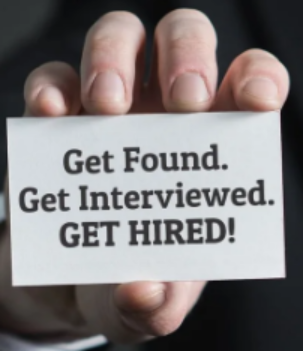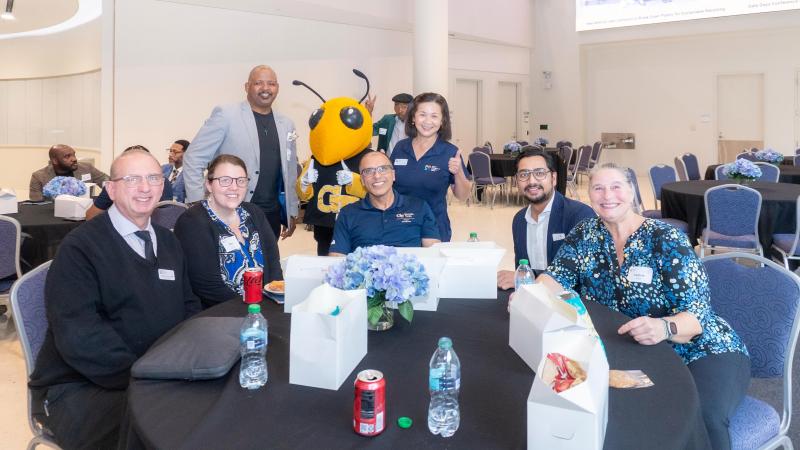by Mike Ososki, PMP
 If you answer yes, Al Smith can help you do it—especially on LinkedIn. He is the expert to optimize your information so that when recruiters search there, you show up in the early pages. Mr. Smith says, “Help you get to page 1—that’s what I want for you.”
If you answer yes, Al Smith can help you do it—especially on LinkedIn. He is the expert to optimize your information so that when recruiters search there, you show up in the early pages. Mr. Smith says, “Help you get to page 1—that’s what I want for you.”
Al’s prior work was in sales management, and he authored the job search manual called HIRED! Every Employment Method, and thus became known as The HIRED! Guy. Visit his website and check out his bestselling book HIRED! Every Employment Method on Amazon.
Recruiters constantly use LinkedIn to search for candidates. Ideally, you show up on page 1 of their search results. But even if not, always the earlier the better. This is because just like a Google search, we typically stop looking after ~1-5 pages, which can include dozens of potentially good candidates, and that’s where you want to be.
 How do you show up early? First, your job title and keywords are the bait to catch the recruiter fish. If they find you and you mostly line up with the job requisition/s they’re working on, their job is to get your information in front of company hiring managers and talent acquisition professionals.
How do you show up early? First, your job title and keywords are the bait to catch the recruiter fish. If they find you and you mostly line up with the job requisition/s they’re working on, their job is to get your information in front of company hiring managers and talent acquisition professionals.
LinkedIn uses “sequential weighting” to select search results. These include headline, title, keywords and their placement in your profile, recommendations, skills, groups, and more. To rank high, add keywords and acronyms in your headline—up to 220 characters. Make your headline be your desired job title. Your “About” section can be up to 2,600 characters, and descriptions for each position up to 2,000 characters. Use all 100 available skills. Just like your resume, choose your words wisely to achieve maximum early impact that is as relevant as you can make it to job description language that appeals to you.
Use a “word cloud generator” to come up with 10-25 keywords, then load your profile and resume with them. Use words and phrases that recruiters may likely use to search and find people like you. Don’t try to game the system with techniques like excessive word repetition. Spell out poorly searchable acronyms like Project Manager vs. PM, Information Technology vs. IT, and Human Resources vs. HR. To be found, your job is to out-SEO your competition. To test your searchability, search for yourself using Boolean, eg: OR, AND, and quotes.
On the cautious side, Mr. Smith recommends that females especially sign up for a Google phone #, to keep your cell phone number private.
 Resume-wise, show as much work history as you’re comfortable with, so that the algorithm has more content to place you higher. Maybe go back at least ~15 years. Don’t drastically change your resume for each job, but be sure to list “core competencies” vertically in your LinkedIn profile. Also create a one-page cover letter that reflects the job description keywords. The computers read everything all the time.
Resume-wise, show as much work history as you’re comfortable with, so that the algorithm has more content to place you higher. Maybe go back at least ~15 years. Don’t drastically change your resume for each job, but be sure to list “core competencies” vertically in your LinkedIn profile. Also create a one-page cover letter that reflects the job description keywords. The computers read everything all the time.
When job-searching, go as narrow focused as possible, then create a “value proposition deck” to tell your story partially in images. Use Pixabay to find free images for your profile cover photo. You can use both paragraphs and bullet points to appeal to both preferences.
Al declares, “I want all of you to have a brand,” and to “stand out from the crowd.”















